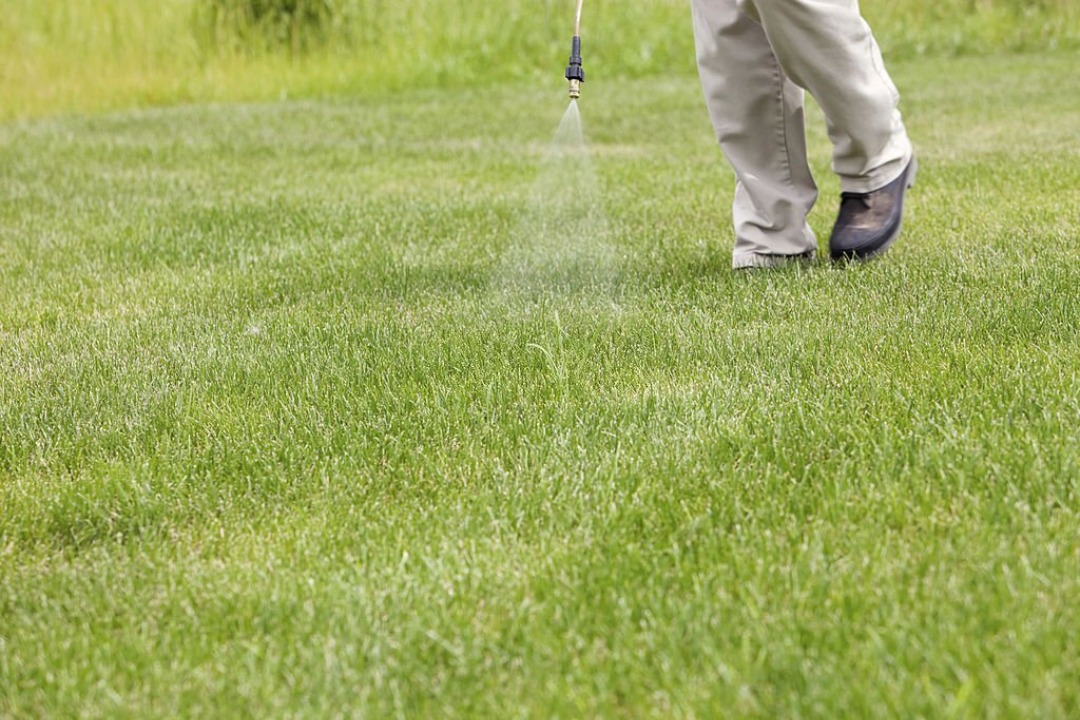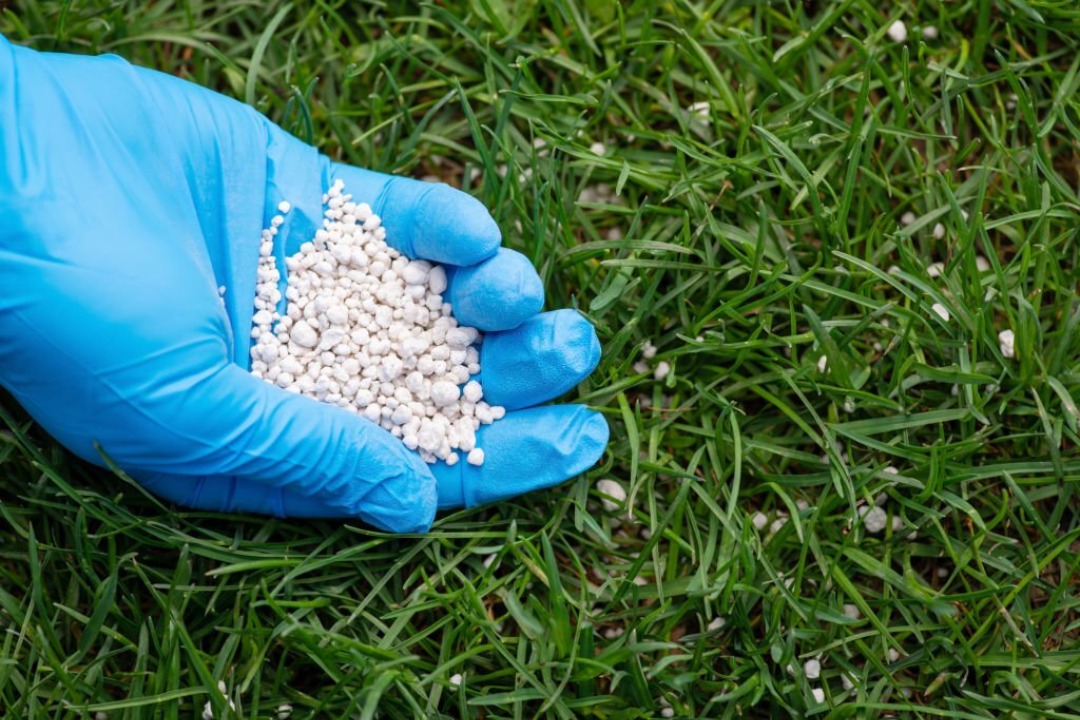Lawn Weed Control and Fertilization: How to Prep and Apply for Best Results
Introduction: A healthy, weed-free lawn doesn’t just happen—it starts with the right preparation and care. As the seasons change, your yard responds to weather, moisture, and nutrients. That’s why lawn weed control and fertilization aren’t just seasonal chores—they’re part of a larger plan to create strong, resilient turf that can crowd out weeds naturally. This guide walks you through everything from prep to application to maximize results and avoid the most common mistakes.
Understanding Lawn Weed Control and Fertilization
Why Timing and Prep Matter Most
Lawn treatments only work when applied at the right time and under the right conditions. Pre-emergent weed control needs to be applied before weed seeds sprout—typically early spring. Post-emergent control is more effective once weeds have appeared but before they’ve spread. Fertilizer should complement your weed control strategy, not compete with it. If you apply both at the wrong time, you could damage your lawn or waste product. Mowing, moisture, and product type all play a role in ensuring your yard absorbs the treatment evenly and effectively.
Choosing the Right Product for Your Lawn Type
Not all weed control and fertilizer products are created equal. If you have warm-season grass like Bermuda or Zoysia, you’ll need different care than a cool-season lawn like Fescue. Pre-emergents are great for preventing crabgrass, while selective post-emergents can target dandelions and clover without harming the grass. Many homeowners opt for a weed-and-feed combo, but these should only be applied when weeds are visible and temperatures are mild. The goal is to support strong root development while stopping weeds before they gain ground.

How to Prepare Your Lawn for Weed Control and Fertilization
Mowing and Cleaning Before Treatment
Start by mowing your lawn 2–4 days before application. This gives the treatment better access to soil and weed roots without removing the leaf surface needed for absorption. Make sure to leave your clippings if your mower mulches well—this can act as a light natural compost. Remove large debris like sticks or heavy leaf buildup that could block product penetration. It’s best to mow high—no lower than 3 inches—to keep the turf dense and resilient.
Watering and Soil Condition Tips
Moisture is critical for activating both fertilizers and many granular weed control products. Lightly watering your lawn the day before application ensures the soil is soft, which helps the ingredients soak in. Avoid applying if heavy rain is in the forecast within 24 hours—it can wash the product away. For liquid applications, dry grass with moist soil is ideal. The roots will pull in nutrients while the weeds absorb herbicide through their leaves.

Applying Lawn Weed Control and Fertilizer Correctly
How to Get Even Coverage Across the Lawn
Using a broadcast spreader is the most efficient way to apply granular products. Walk at a steady pace and use overlapping rows in a crosshatch pattern to avoid striping. Make sure to calibrate your spreader according to the product’s label. For liquid applications, use a hose-end sprayer or backpack sprayer and be cautious about wind direction. Treating your lawn early in the morning or late afternoon reduces evaporation and improves absorption.
Mistakes to Avoid During Application
One of the biggest mistakes homeowners make is overapplying. More product doesn’t mean better results—it often causes lawn burn or runoff. Never apply weed-and-feed during high heat or drought stress. Also, don’t treat a lawn right after mowing unless the label says otherwise—some products require leaf surface for adhesion. Be sure to keep pets and children off the lawn until the product is fully absorbed or dried, based on safety guidelines.

Conclusion
Lawn weed control and fertilization don’t need to be confusing or overwhelming. With the right prep, proper timing, and a mindful application process, your lawn can thrive through each season. Understanding your grass type, monitoring weather conditions, and adjusting your approach for better coverage ensures you get the most out of your treatments. The result is a healthy, green lawn that naturally fends off weeds and grows stronger year after year. Get in touch with us to learn more about our weed control and fertilization, as well as our Lawn Care, Weed Control, Fertilizer services.

“I've been dealing with Greenway for several years now and their work has always been exemplary! They took over my weed control and the results have been night and day compared to the treatments I attempted on my own (and for an incredibly reasonable price)”

“Greenway Lawn Care is a fabulous company!! Michael and his staff always contact me before they do my yard and do it to my specifications, taking care to remember my dog in the back yard. The applications are done in a timely fashion and, most of all, our yard looks fantastic!!”

“Greenway has been great to work with on my lawn treatments. My yard consistently looks healthy. They do a great job of spotting any issues and providing a solution. Always professional and courteous. I highly recommend it.”

“I cannot say enough great things about Greenway Lawn Care! Michael Cowan, the owner and operator, is truly a professional who goes above and beyond to ensure exceptional service.”

“Michael and his crew do a great job keeping my yard weed free and nourished. His extra care in helping me when needed is great.”
SERVICES
Lawn Care
Weed Control
Fertilizer
Lawn Services
Shrub Fertilization
Commercial Lawn Treatments
Ant control
Lawn Treatment Programs
SERVICE AREAS

"*" indicates required fields
 (205) 842-4436
(205) 842-4436 info@greenwaylawncareal.com
info@greenwaylawncareal.com